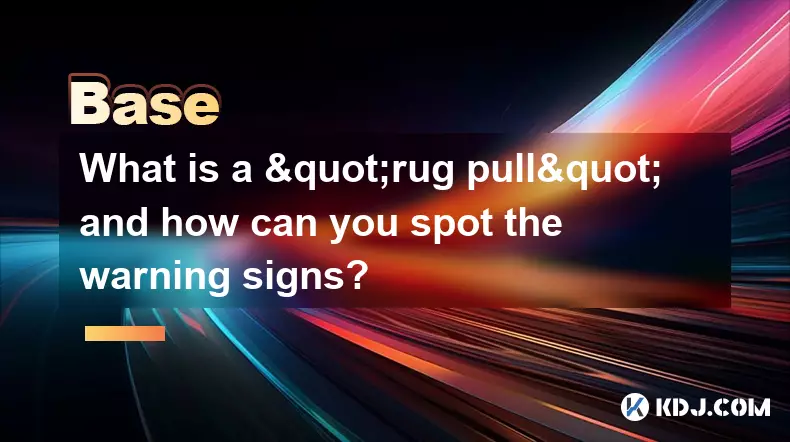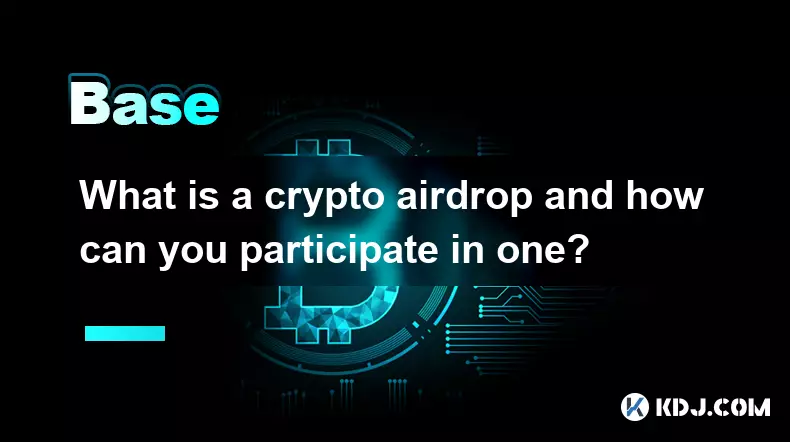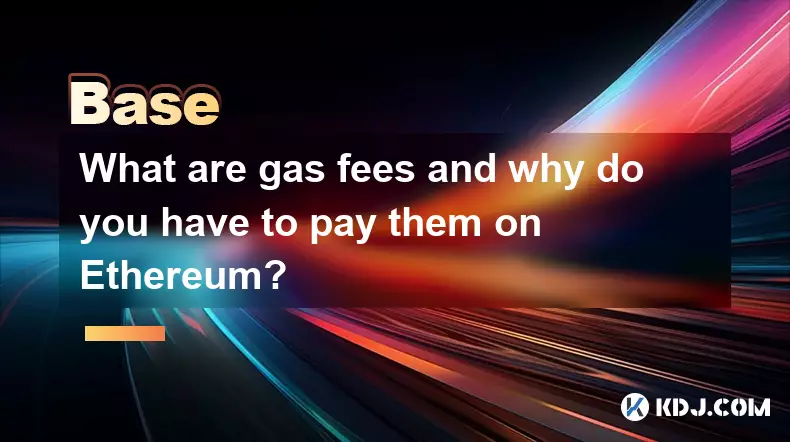-
 bitcoin
bitcoin $100977.009184 USD
-2.05% -
 ethereum
ethereum $3282.009150 USD
-3.23% -
 tether
tether $0.999813 USD
-0.02% -
 xrp
xrp $2.208254 USD
-4.89% -
 bnb
bnb $951.411089 USD
0.55% -
 solana
solana $155.761205 USD
-2.84% -
 usd-coin
usd-coin $1.000217 USD
0.02% -
 tron
tron $0.284475 USD
-1.28% -
 dogecoin
dogecoin $0.162363 USD
-1.53% -
 cardano
cardano $0.533988 USD
-0.47% -
 hyperliquid
hyperliquid $39.174339 USD
-3.22% -
 chainlink
chainlink $14.724828 USD
-1.16% -
 bitcoin-cash
bitcoin-cash $477.297986 USD
-1.28% -
 zcash
zcash $554.227426 USD
17.30% -
 ethena-usde
ethena-usde $0.998995 USD
-0.03%
What is a bridge? Understand bridges in blockchain in one article
Blockchain bridges facilitate the transfer of digital assets across incompatible blockchain networks, enhancing interoperability and unlocking access to diverse markets.
Oct 24, 2024 at 08:17 pm

A blockchain bridge is a platform that facilitates the transfer of digital assets between two or more incompatible blockchain networks. It acts as a bridge or gateway, allowing interoperability and asset movement across different ecosystems.
2. Purpose and Use Cases of Bridges- Cross-chain Transactions: Bridges enable users to transfer tokens, NFTs, and other crypto assets from one blockchain to another, such as transferring funds from Ethereum (ETH) to Binance Smart Chain (BNB).
- Enhanced Interoperability: Bridges break down barriers between blockchains, enhancing interoperability and enabling cross-platform collaboration.
- Access to New Markets: Bridges provide access to assets and markets that would otherwise be inaccessible on a single blockchain network.
There are various types of blockchain bridges, each with its own characteristics:
- Federated Bridges: Controlled by a group of entities that manage the bridge infrastructure and transaction validation.
- Non-Federated Bridges: Autonomous and self-sufficient bridges that do not rely on central entities for operation.
- Custodial Bridges: Store user assets on behalf of the bridge operator, providing a user-friendly experience but potentially compromising security.
- Non-Custodial Bridges: Transfer assets directly between users' wallets without involving any intermediaries or custodians, offering higher security.
When selecting a blockchain bridge, several factors should be considered:
- Security: Assess the bridge's security measures, such as multi-sig controls and smart contract audits.
- Transaction Speed: Evaluate the processing time and throughput of the bridge.
- Cross-Chain Compatibility: Ensure that the bridge supports the desired assets and the target blockchain networks.
- Fees: Compare the transaction fees charged by different bridges.
- Ease of Use: Consider the user-friendliness and accessibility of the bridge's platform.
- OKXChain Bridge: Facilitates asset transfers between OKXChain and other leading blockchains, such as Ethereum, BSC, and Polygon.
- ThorChain: A non-custodial bridge that supports native cross-chain swaps between multiple cryptocurrencies.
- Hop Protocol: A fast and secure bridge specializing in cross-chain asset transfers for NFTs and fungible tokens.
- cBridge: A cross-chain liquidity platform that connects multiple blockchain ecosystems and enables cross-asset swaps.
- AnySwap: A multi-chain bridge that provides instant asset transfers across various blockchain networks, including Ethereum, Arbitrum, Optimism, and Fantom.
Blockchain bridges play a pivotal role in the interoperability and growth of the blockchain ecosystem. By enabling cross-chain asset transfers, bridges bridge the gaps between different blockchain networks, expanding access to markets, enhancing collaboration, and driving the broader adoption of decentralized technologies.
Disclaimer:info@kdj.com
The information provided is not trading advice. kdj.com does not assume any responsibility for any investments made based on the information provided in this article. Cryptocurrencies are highly volatile and it is highly recommended that you invest with caution after thorough research!
If you believe that the content used on this website infringes your copyright, please contact us immediately (info@kdj.com) and we will delete it promptly.
- Vande Mataram at 150: Stamps, Coins, and a Year-Long Celebration
- 2025-11-07 14:45:01
- Pi Network: Alignment, Not Just Speed, Is the Future of Crypto
- 2025-11-07 13:00:02
- Pi Network: Life Changes and a New Era Dawns for Crypto Pioneers
- 2025-11-07 13:00:02
- Bonhams Hong Kong: Rare Watches Echo Through Time
- 2025-11-07 12:35:01
- Unverified Apps, PiCoin, and a Costly Lesson: Navigating the Wild West of Crypto
- 2025-11-07 13:05:01
- Fed Governors, FOMC, and Interest Rates: Navigating the Shifting Landscape
- 2025-11-07 13:05:01
Related knowledge

What is FUD (Fear, Uncertainty, and Doubt) and how does it impact the market?
Nov 07,2025 at 02:19pm
Understanding FUD in the Cryptocurrency Ecosystem1. FUD stands for Fear, Uncertainty, and Doubt, a psychological tactic used to influence perception a...

What is a "rug pull" and how can you spot the warning signs?
Nov 07,2025 at 02:39pm
Understanding Market Volatility in the Crypto Space1. Cryptocurrency markets are known for their extreme price fluctuations, often driven by speculati...

How does a crypto transaction get confirmed on the network?
Nov 07,2025 at 12:40pm
Understanding the Journey of a Cryptocurrency Transaction1. When a user initiates a cryptocurrency transaction, it is broadcasted to the network throu...

What is yield farming and how can you generate income with it?
Nov 07,2025 at 01:39pm
What Is Yield Farming in the Cryptocurrency Space?1. Yield farming is a method used by cryptocurrency holders to generate returns on their digital ass...

What is a crypto airdrop and how can you participate in one?
Nov 07,2025 at 11:20am
What Is a Crypto Airdrop?1. A crypto airdrop is a marketing strategy used by blockchain projects to distribute free tokens or coins to wallet addresse...

What are gas fees and why do you have to pay them on Ethereum?
Nov 07,2025 at 02:59pm
Understanding Gas Fees in the Ethereum Network1. Gas fees are payments made by users to compensate for the computational energy required to process an...

What is FUD (Fear, Uncertainty, and Doubt) and how does it impact the market?
Nov 07,2025 at 02:19pm
Understanding FUD in the Cryptocurrency Ecosystem1. FUD stands for Fear, Uncertainty, and Doubt, a psychological tactic used to influence perception a...

What is a "rug pull" and how can you spot the warning signs?
Nov 07,2025 at 02:39pm
Understanding Market Volatility in the Crypto Space1. Cryptocurrency markets are known for their extreme price fluctuations, often driven by speculati...

How does a crypto transaction get confirmed on the network?
Nov 07,2025 at 12:40pm
Understanding the Journey of a Cryptocurrency Transaction1. When a user initiates a cryptocurrency transaction, it is broadcasted to the network throu...

What is yield farming and how can you generate income with it?
Nov 07,2025 at 01:39pm
What Is Yield Farming in the Cryptocurrency Space?1. Yield farming is a method used by cryptocurrency holders to generate returns on their digital ass...

What is a crypto airdrop and how can you participate in one?
Nov 07,2025 at 11:20am
What Is a Crypto Airdrop?1. A crypto airdrop is a marketing strategy used by blockchain projects to distribute free tokens or coins to wallet addresse...

What are gas fees and why do you have to pay them on Ethereum?
Nov 07,2025 at 02:59pm
Understanding Gas Fees in the Ethereum Network1. Gas fees are payments made by users to compensate for the computational energy required to process an...
See all articles










































































